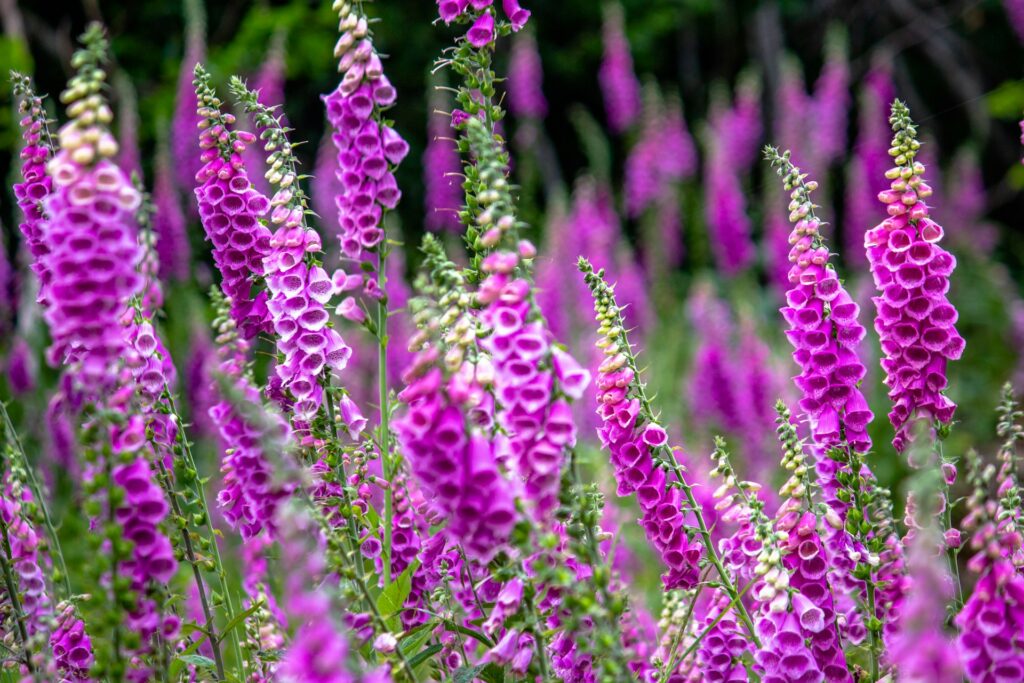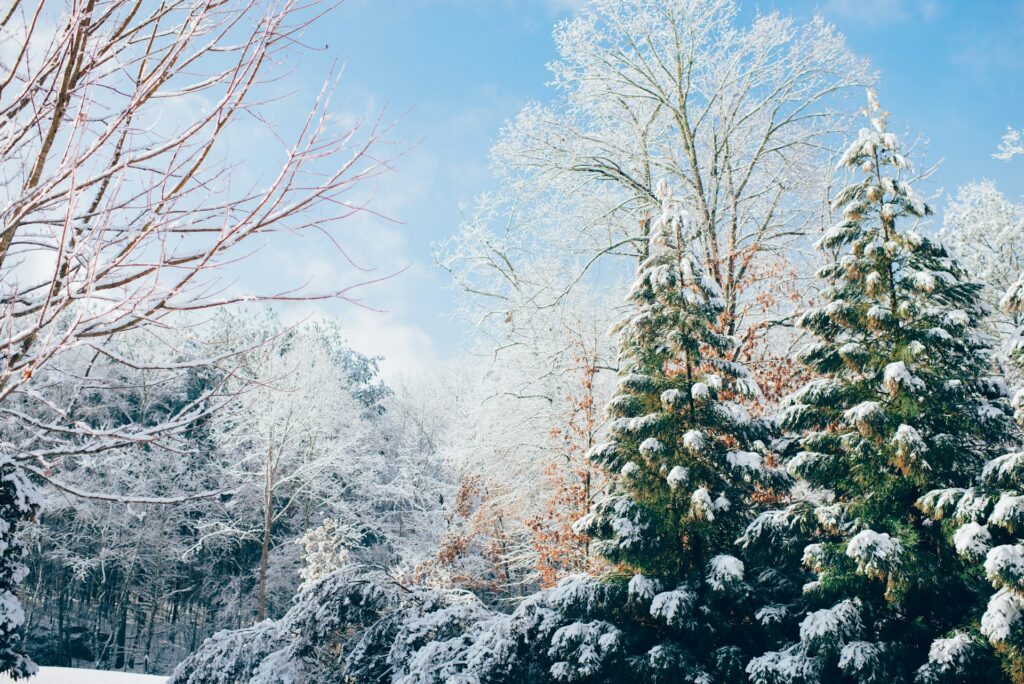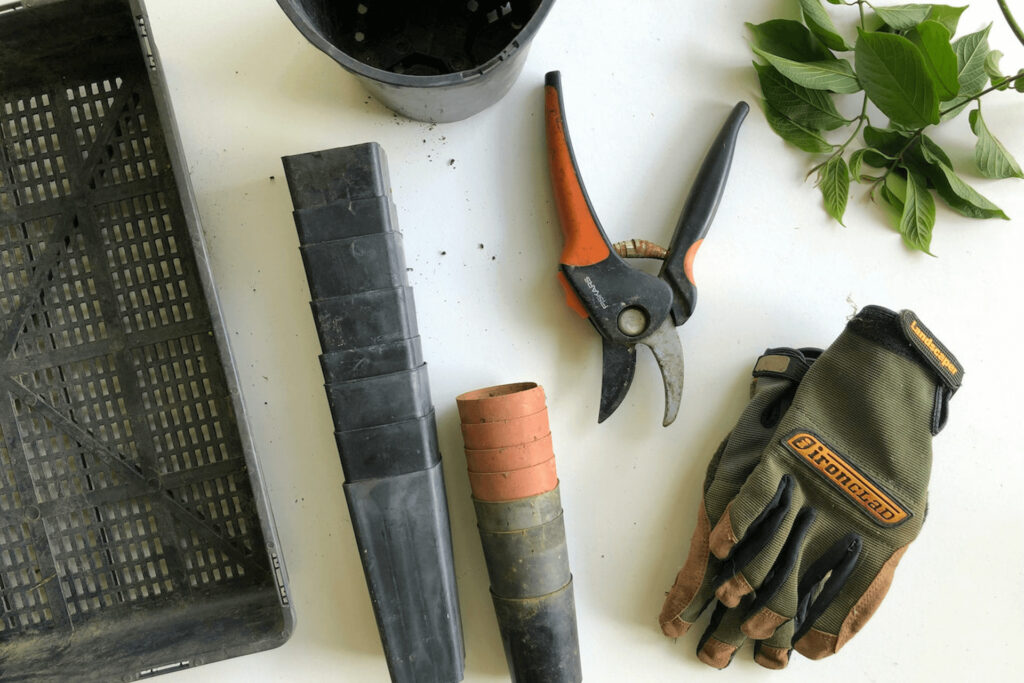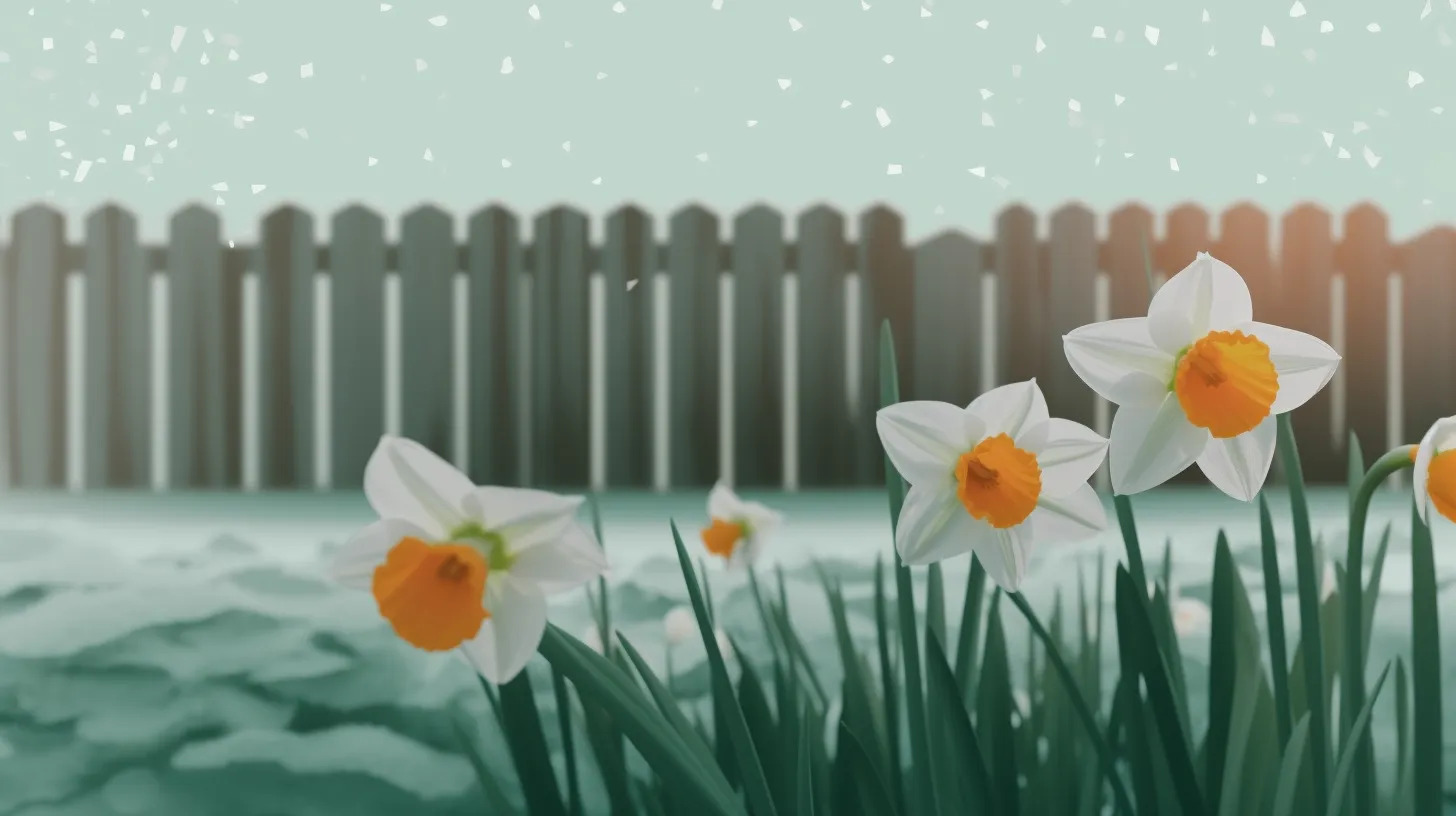
We are reader-supported. When you buy through links on our site, we may earn an affiliate commission.
Putting your garden to bed for winter is one of the most important landscaping tasks of the fall season. In order for your plants to survive the cold weather and thrive next spring, you need to take some precautionary measures in October and November. Here are some of the biggest Do’s and Don’ts of putting your garden to bed for the winter season.
DO Mulch Your Perennials
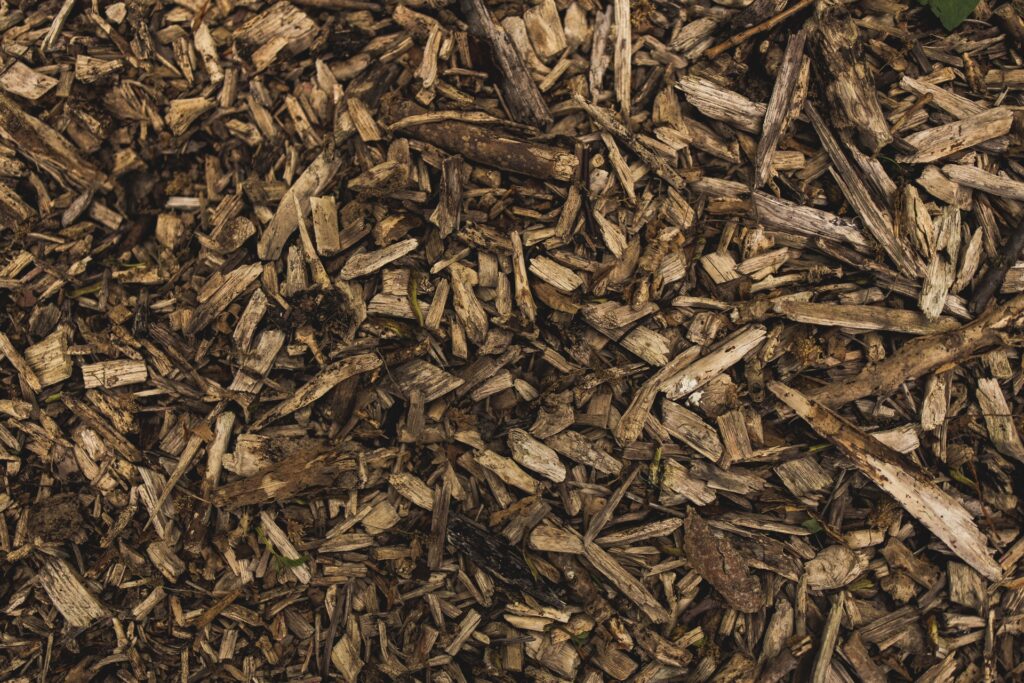
Perennial plants that are located in the right hardiness zone can survive the winter without much assistance. Even if they die from cold temperatures, they should return the following spring. However, you should still mulch your perennials to protect them from frost heaving. When the ground frequently freezes and thaws, plants can uproot themselves and die for good.
Surrounding your perennials with a six-inch layer of mulch will keep the soil temperature more consistent and prevent frost heaving. We suggest that you make your own mulch mixture with leaves, twigs and food compost. This way, the mulch will give your plants some added nutrients during the winter along with protecting them from the elements.
DON’T Prune Trees and Shrubs
You might feel inclined to prune your trees and shrubs before the winter season so they don’t get weighed down by snow. This mistake won’t kill them, but it will probably prevent them from making new flowers next spring. Whenever you cut off old branches, you stimulate new growth. These new growths won’t survive the winter, leaving your trees and shrubs with bare branches.
If you live in a place with moderate to severe winters, you should prune your trees and shrubs by the end of August at the latest. Give the new growths plenty of time to establish new flower buds before the first frost arrives.
DO Protect Your Annuals
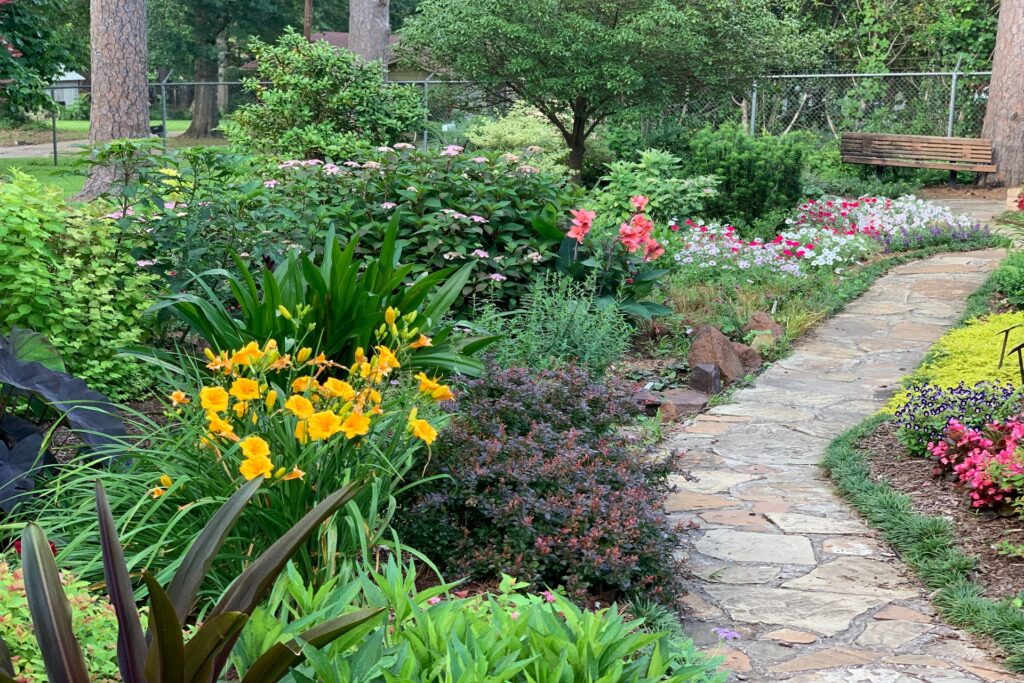
Unlike perennials, annual plants won’t survive the seasonal changes. They prefer a consistent climate and will quickly die once the frost and freezing temperatures arrive. You can’t do much to stop this from happening, but you can extend the lives of your annual plants in a few ways. Burlap, fleece and polyethylene are the best materials to use as plant covers.
You could also transfer your annuals into containers and bring them inside if you really want to keep them alive. Potted plants are great indoor additions during the winter because they improve air quality and bring some much-needed color to an otherwise bleak winter season.
DON’T Let the Leaves Build Up
Raking the leaves isn’t just about making your garden and lawn look pretty. A thorough leaf clean-up is an essential part of putting your garden to bed for winter. If you allow the leaves to pile up, they will suffocate your plants and reduce their chances of survival. They might even cause a lawn fungal infection called “snow mold” that creates dead patches of soil.
DO Use Leaves for Insulation
Instead of burning or recycling your dead leaves, you can use them for insulation. Shred them into smaller pieces and pack them around young plants and tree saplings to give them extra protection from the elements. The leafy mulch will also make the soil lighter and more nutritious, keeping earthworms and other microorganisms alive and benefitting the overall ecosystem.
DON’T Move Ornamental Grasses
If your garden has any ornamental grasses, you should leave them be. They enter dormancy during the fall season, much earlier than other plants. Many people make the mistake of moving their ornamental grass to warmer soil during the fall, but by then it’s too late. They’re better off staying in the same spot for the winter so their root systems remain intact.
DO Test and Feed Your Soil
Your gardening soil needs nourishment year-round, and autumn is the ideal time to sample your soil and see what nutrients it needs. Strengthening your soil after a long growing season prepares it for the spring planting ahead. The soil needs time to break down and absorb the nutrients, so you need to add them before the ground hardens.
DON’T Ignore the Weeds
You might feel tempted to ignore the weeds and hope they die off during the winter, but it’s not going to happen. Weeds are notoriously resilient and always find ways to stick around. You should still pull them and apply a weed killer spray before the first frost. The roots underground can’t hope to survive the chemicals and cold temperatures.
DO Plant Seeds and Bulbs for Spring
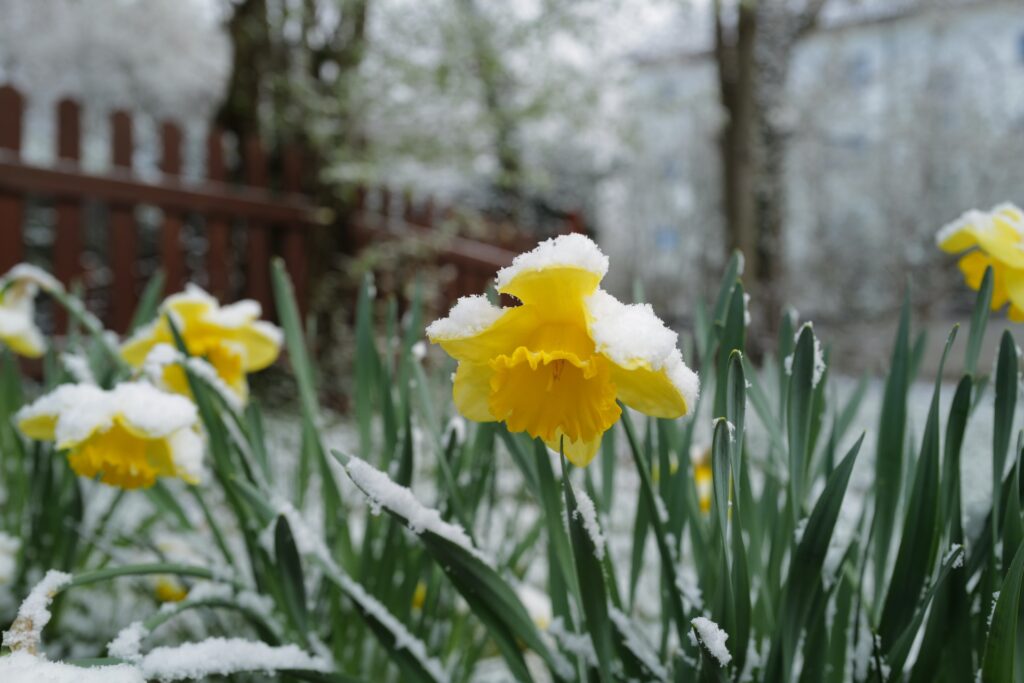
Putting your garden to bed for the winter isn’t just about preparing it for the cold weather. It’s also about laying the foundation for next spring. If you’re planning on adding new plants to your garden, you must plant them before winter arrives. This way, your garden will come to life more quickly next year and your younger plants will already have a few months under their belt.
DON’T Wait Too Long
Lastly, you can’t wait too long to winterize your garden. All it takes is one cold night to kill or stunt the growth of your plants. You need to knock out these chores before the first frost arrives and before freezing temperatures become a regularity — early November at the absolute latest. Don’t wait another day to get started.
Get Your Garden Ready for Winter
Putting your garden to bed for winter isn’t always easy, but it can be simple. It’s just a matter of protecting your plants from the elements and getting them ready for the next growing season. These do’s and don’ts will help you complete that responsibility in just a few hard days of work. Start your to-do list while the weather is still mild!





